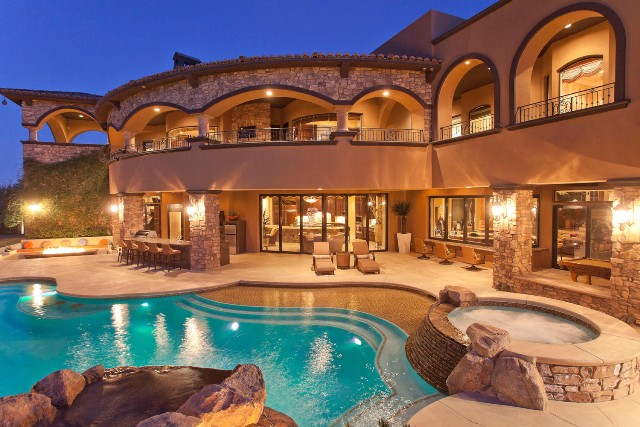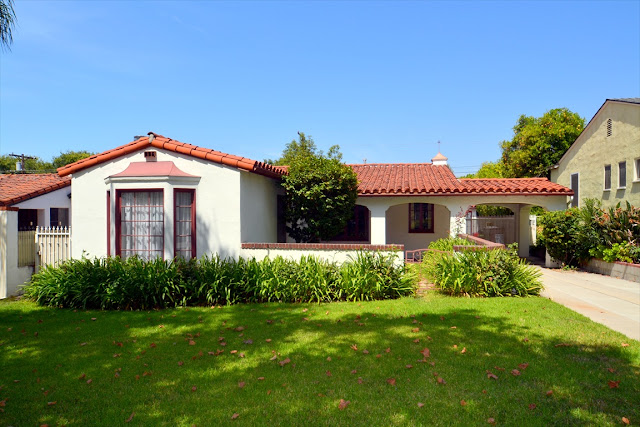Climate control Strategies in traditional built form - Lucknow Context (Page 7)
Ventilator:
Ventilators are prominent features that are found in almost all the traditional buildings. They are manually operated and provided just below the ceiling. The warmer air rises and leaves the space and cooler air from the court enters the room to take its place. Thus it creates a stack effect. A typical vent near the ceiling increases the velocity of air entering into the building and hence resulting in lowering of the pressure at the ceiling level, thereby inducing the hot air under the roof to flow out through the vent. In this way, air is kept circulating through the room under the roof. Ventilators also function as clerestory windows to light the interior spaces, which do not have any exposed surface to admit light through window openings.
Jharokha:
Jharokhas are another characteristic feature of traditional buildings of Lucknow. In tune with the need for privacy for women, facades are characterised by small openings often in the form of jharokhas. These can be found on the outer surface of the building facade. They create suction effect to facilitate forced air movement from the exterior environment into the interiors of the building. In most of the buildings, jharokhas are provided on the upper floors. Sometimes they are projected in the form of small bay windows and are richly carved.
Overhang and balconies:
Balconies and projections are another characteristic feature of traditional buildings in Lucknow. The advantage of the structural projections is to shade the building from direct solar radiation, which results in the reduction of heat gain. The depth of balconies and overhangs has been judiciously provided so as to cut off the so lar radiations in summer and allow the winter sun to come into the building.
Jaali:
If the courtyards are the largest holes in a traditional house of Lucknow, then on the other end of the scale are the intricately carved stone or cement mortar jaali. The advantage of a jaali is that it blocks the direct rays of the sun and yet permits air to enter the room and is designed to grant privacy. The jaali and screen not only have the advantage of interrupting solar gain, but also reduce glare, facilitate cross Ventilation, filter light, allow controlled view, and cast intricate and playful shadow pattern that continually change.
(Continues...)




Comments
Post a Comment